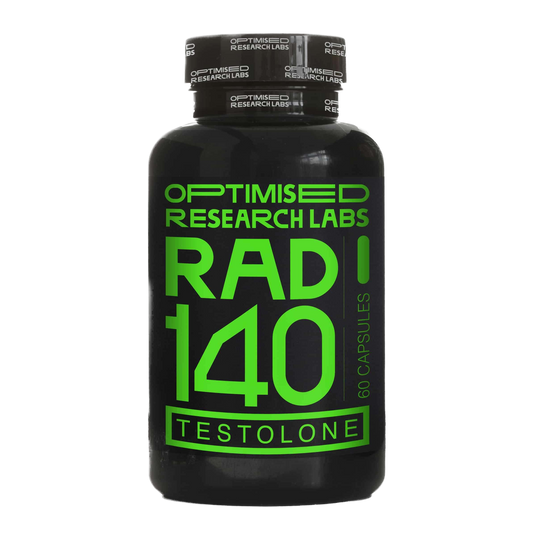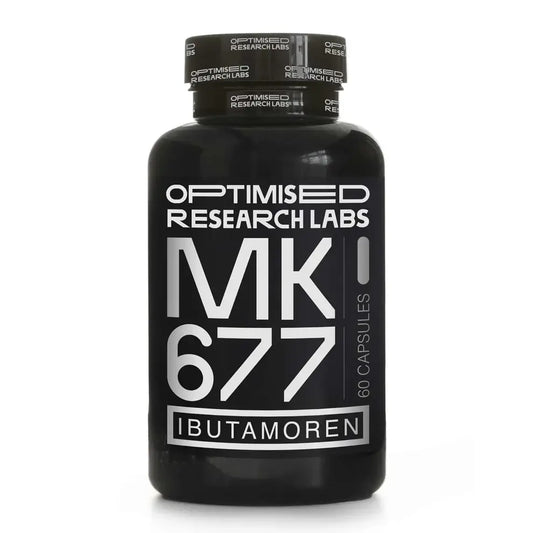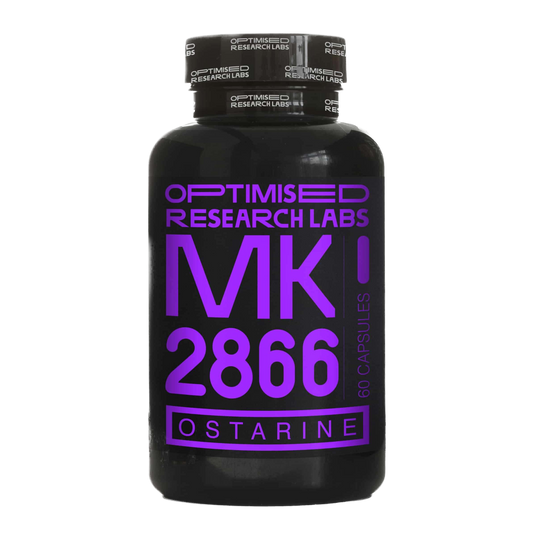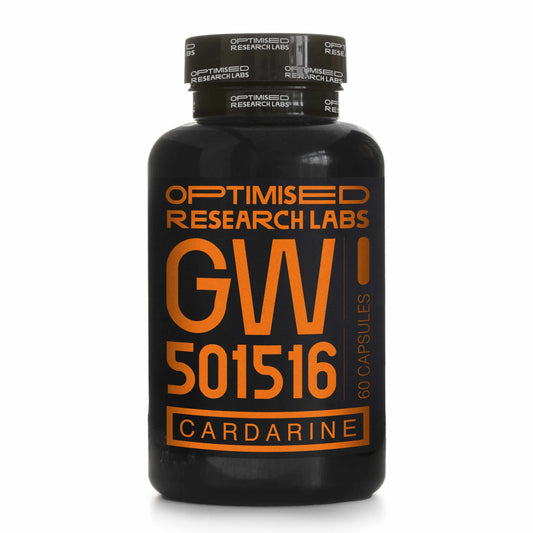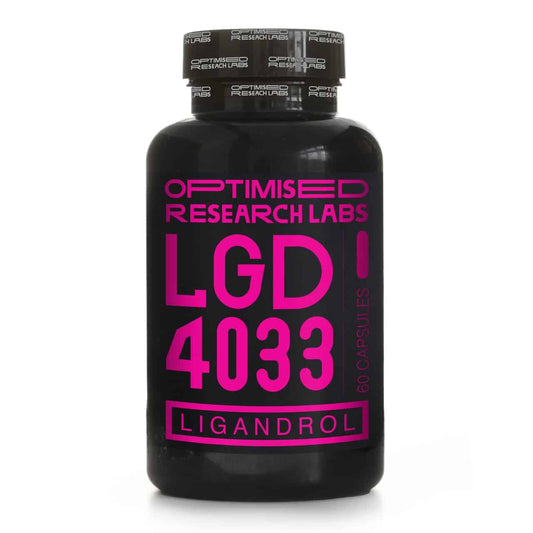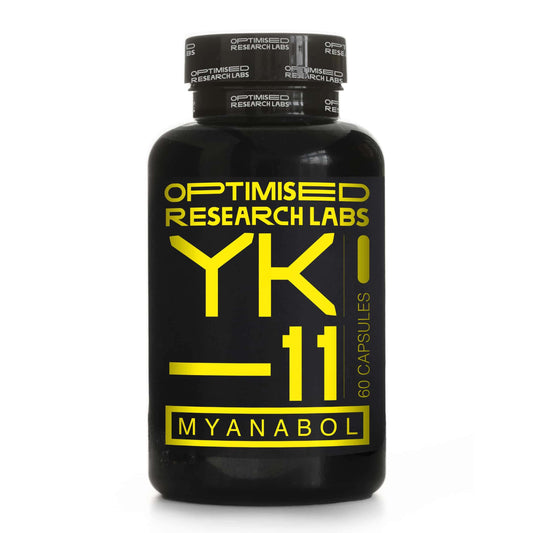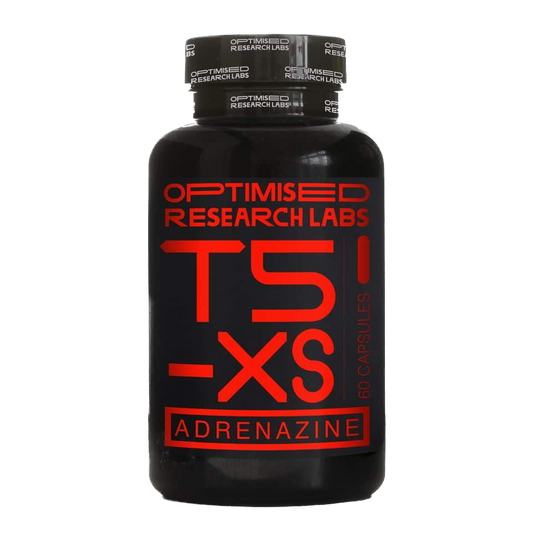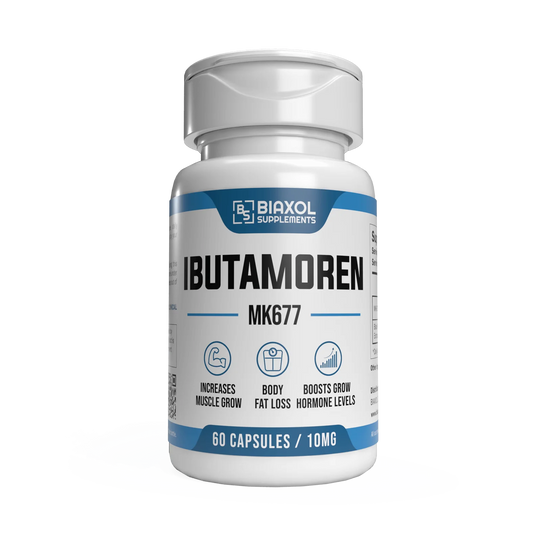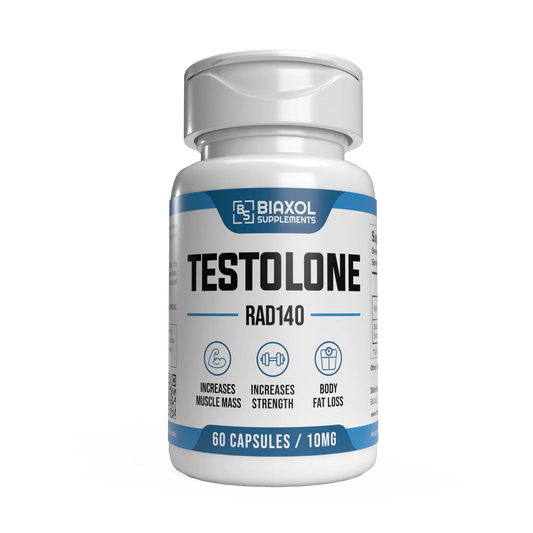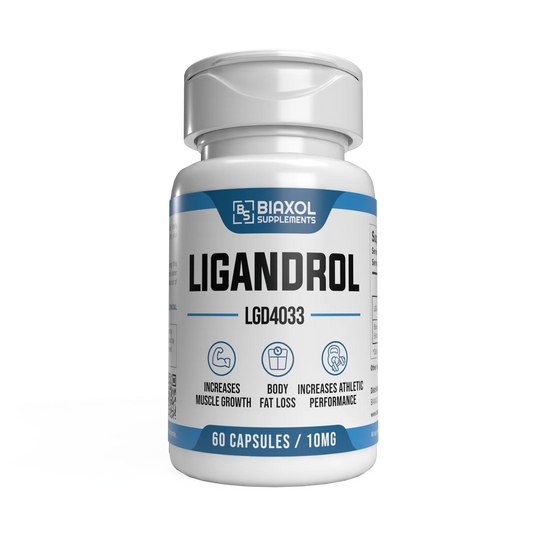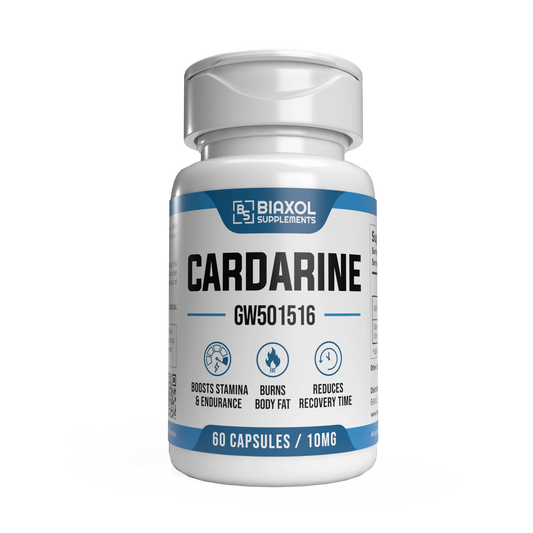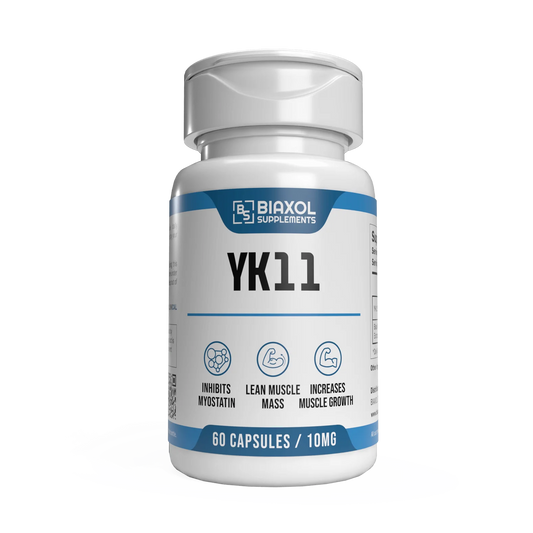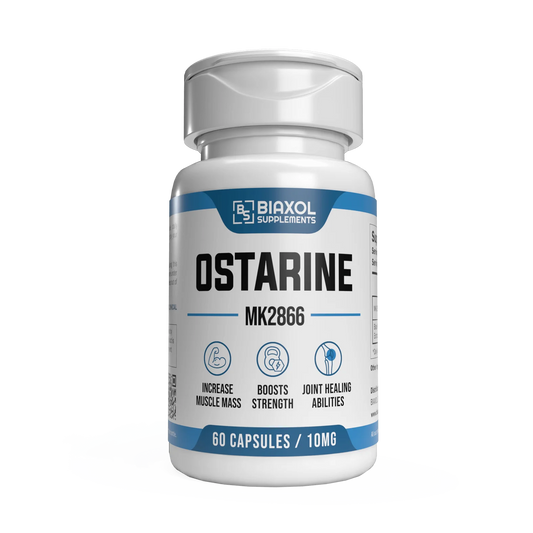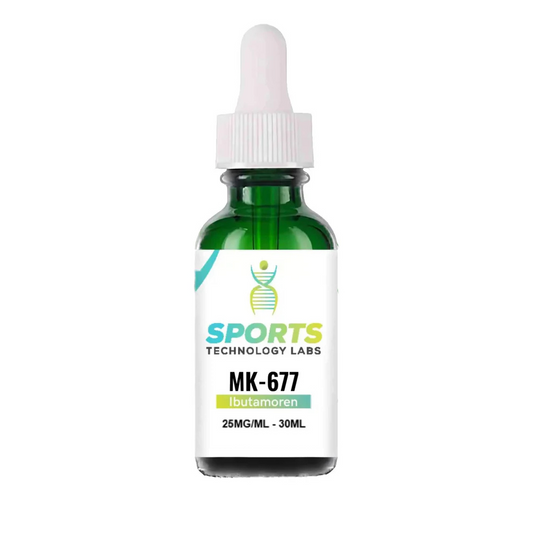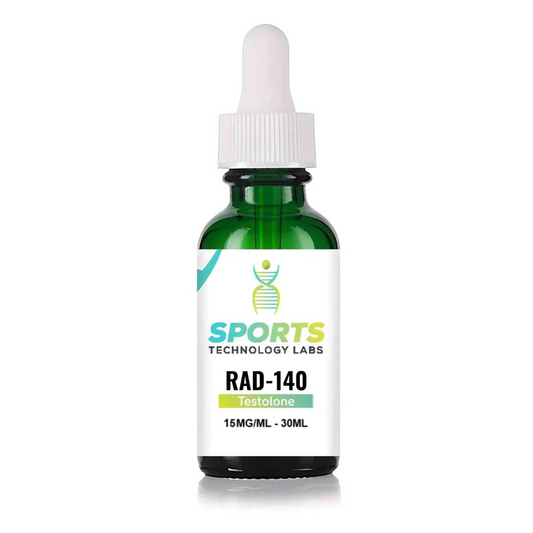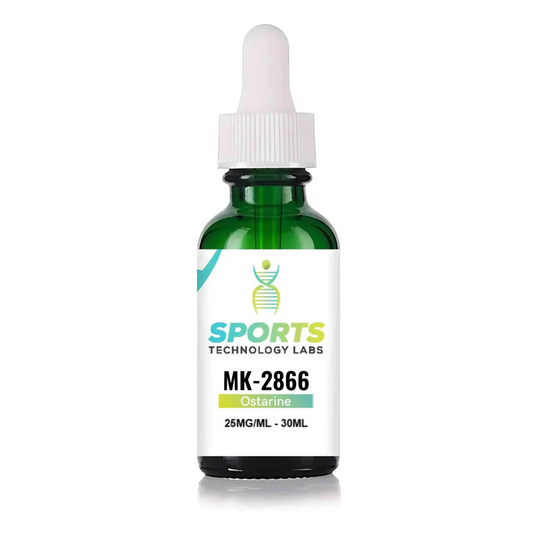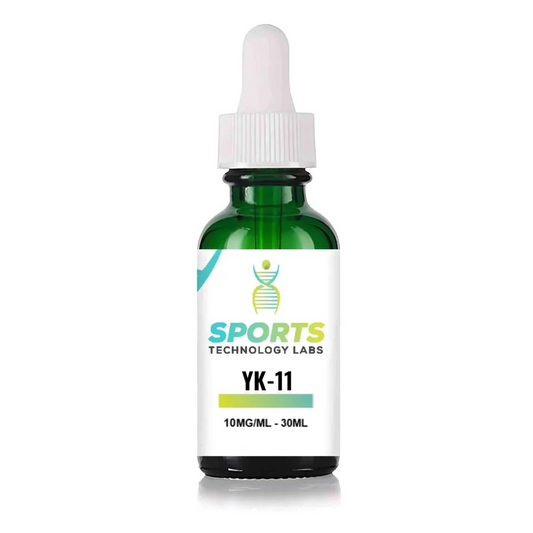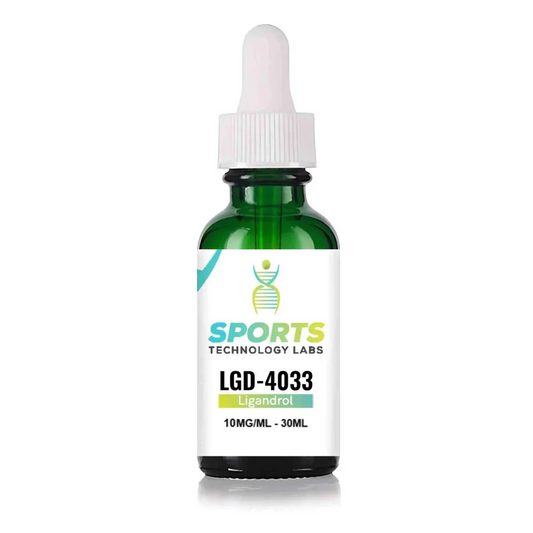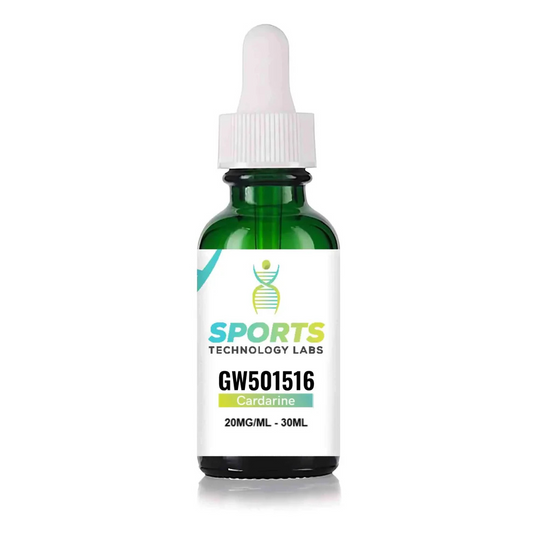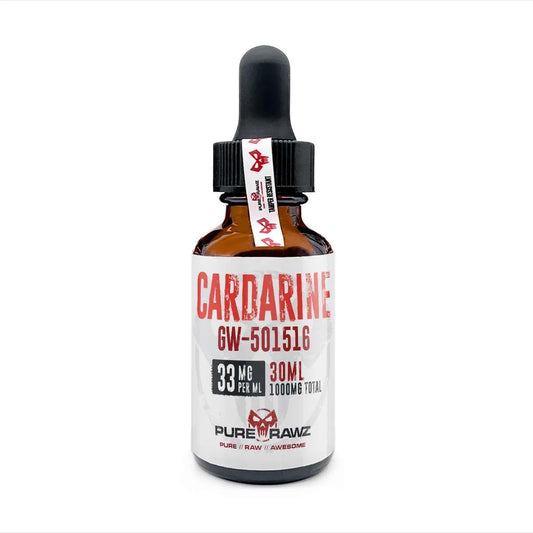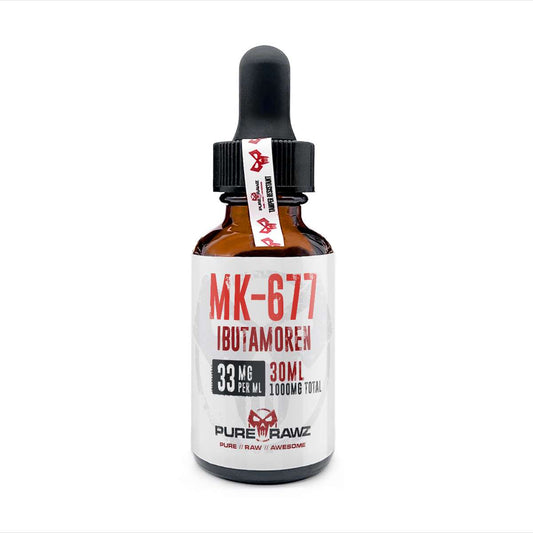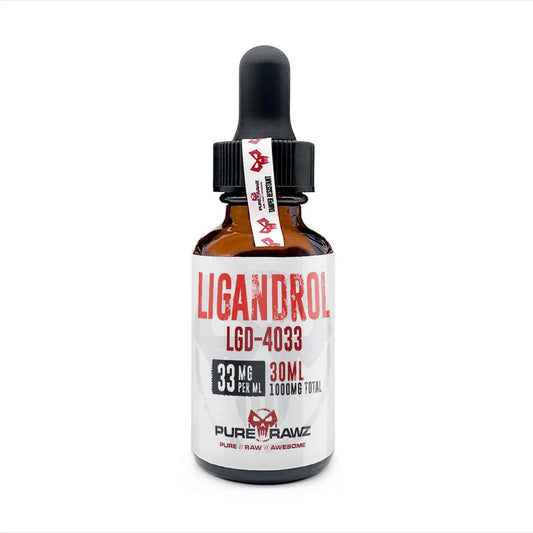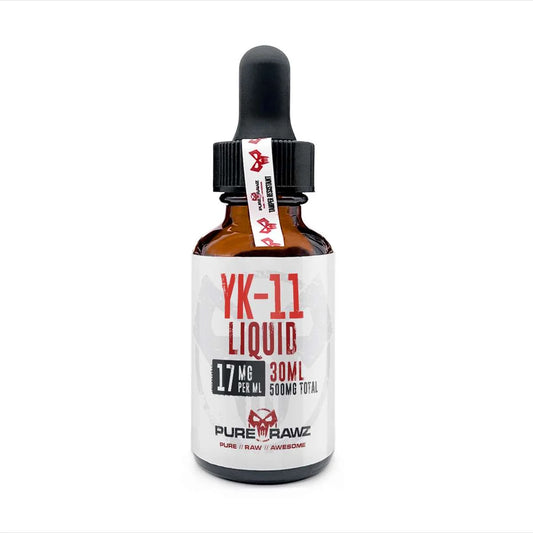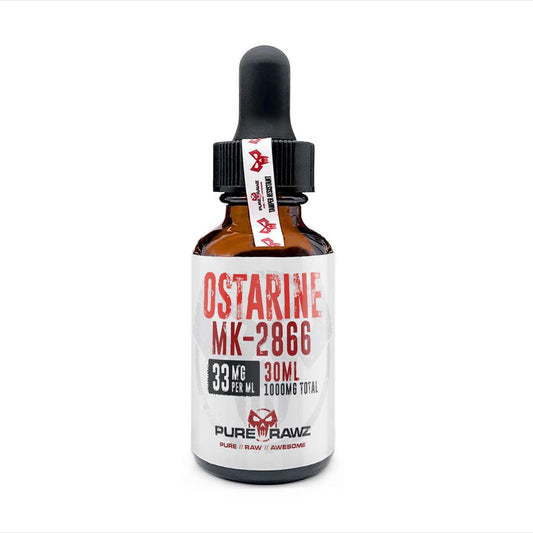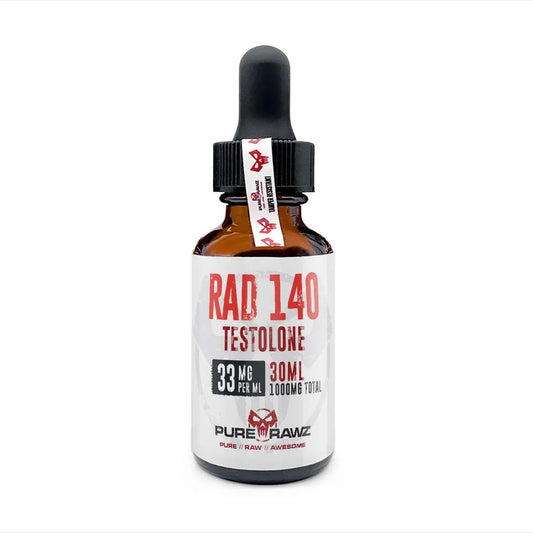SARMs vs Steroids: A Scientific Comparison

- What Are Anabolic Steroids -
- SARMs vs Steroids For Muscle Growth -
- SARMs vs Steroids For Fat Loss -
- Side Effects Of SARMs vs Steroids -
- Conclusion: Which Is Better? -
In the fitness and bodybuilding communities, the pursuit of performance enhancement, muscle growth, and fat loss often leads individuals to explore various substances—raising the common question: SARMs vs. steroids? Two prominent categories in this area are SARMs (Selective Androgen Receptor Modulators) and anabolic steroids. While both aim to increase muscle mass and strength, they operate through distinct mechanisms, offering different benefits and risks.
This article will explore the differences between SARMs and anabolic steroids, examine their effects on muscle growth, fat loss, and overall health, and discuss the scientific studies behind each. Keywords like "SARMs vs. steroids," "SARMs for muscle growth," "anabolic steroids risks," and "steroids vs. SARMs benefits" will be incorporated throughout to help readers better understand the two compounds.
What Are SARMs?
SARMs are a class of synthetic compounds designed to target androgen receptors selectively. These receptors play a critical role in the body’s ability to regulate muscle growth, fat metabolism, and bone density. Unlike anabolic steroids, which bind to androgen receptors throughout the body, SARMs are designed to selectively target muscle and bone tissue while sparing other organs like the liver and heart.
SARMs were initially developed for therapeutic purposes, primarily to treat muscle-wasting diseases, osteoporosis, and certain cancers. Some of the most popular SARMs include:
- Ostarine (MK-2866)
- Ligandrol (LGD-4033)
- Testolone (RAD-140)
- Andarine (S4)
- Cardarine (GW-501516)
- YK 11
What Are Anabolic Steroids?
Anabolic steroids are synthetic derivatives of testosterone, the primary male hormone responsible for regulating muscle mass, strength, and various male characteristics. Steroids work by binding to androgen receptors throughout the body, leading to increased protein synthesis and muscle growth.
Steroids were originally developed for medical purposes, such as treating testosterone deficiency or muscle-wasting diseases. However, due to their potent muscle-building effects, anabolic steroids have been widely misused in bodybuilding, professional sports, and fitness. Common anabolic steroids include:
- Dianabol (Methandrostenolone)
- Trenbolone
- Anadrol (Oxymetholone)
- Testosterone enanthate
- Deca-Durabolin (Nandrolone decanoate)
Mechanism of Action: SARMs vs. Steroids
Both SARMs and steroids act on the androgen receptor, but the way they interact with these receptors is what differentiates them.
SARMs: Selective Action
SARMs are designed to be selective in their action, meaning they target androgen receptors in specific tissues like muscles and bones. For instance, a study published in The Journal of Medicinal Chemistry found that Ostarine (MK-2866) selectively targeted skeletal muscle and bone tissue without significantly affecting other tissues such as the liver and prostate. This selective targeting is why SARMs are often viewed as having fewer side effects compared to steroids .
Steroids: Broad Action
Anabolic steroids, on the other hand, bind to androgen receptors throughout the entire body, including muscles, bones, liver, heart, and prostate. This broad activation of androgen receptors leads to muscle growth, but also results in unwanted side effects such as liver toxicity, cardiovascular issues, and hormonal imbalances. The same mechanisms that make steroids effective at building muscle also make them riskier in terms of adverse effects.
SARMs vs. Steroids for Muscle Growth
One of the primary reasons people turn to SARMs or steroids is for muscle growth and increased athletic performance.
SARMs for Muscle Growth
SARMs, such as Ligandrol (LGD-4033) and Testolone (RAD-140), have been shown in studies to increase lean muscle mass. A clinical trial published in The Journal of Clinical Endocrinology & Metabolism demonstrated that Ligandrol increased lean body mass without significant fat gain in a dose-dependent manner. Participants experienced muscle gains without the severe side effects associated with anabolic steroids .
Steroids for Muscle Growth
Anabolic steroids are known for their rapid and substantial impact on muscle mass. For instance, a study published in the New England Journal of Medicine reported that men who received testosterone injections experienced a significant increase in muscle size and strength within 10 weeks . However, the participants also experienced a suppression of natural testosterone production, which led to post-cycle hormonal imbalances.
SARMs vs. Steroids for Fat Loss
Fat loss is another key factor that draws people toward SARMs and steroids. Both compounds can contribute to fat loss, but their methods differ.
SARMs for Fat Loss
Certain SARMs, particularly Cardarine (GW-501516) and Andarine (S4), are known for their fat-burning properties. Cardarine acts as a PPAR-delta receptor agonist, which increases fat oxidation and boosts endurance. A study published in PLoS ONE demonstrated that Cardarine enhanced fatty acid metabolism, making it effective in reducing body fat while sparing muscle . Andarine (S4) has also been shown to promote fat loss, particularly in stubborn areas such as the abdomen, while preserving lean muscle mass.
Steroids for Fat Loss
Steroids can promote fat loss by increasing muscle mass and boosting metabolism. However, they are not typically used solely for fat loss, as their primary focus is on muscle growth. Some steroids, such as Winstrol and Anavar, are popular during cutting cycles because they help athletes shed fat while preserving muscle mass. Nonetheless, steroids tend to cause water retention and bloating, which can obscure fat loss results.
Side Effects of SARMs vs. Steroids
When comparing SARMs and steroids, one of the most significant differences is the side effect profile.
SARMs Side Effects
While SARMs are often marketed as having fewer side effects than steroids, they are not without risks. Some of the potential side effects include:
- Hormonal suppression: SARMs can suppress natural testosterone production, though typically to a lesser extent than anabolic steroids. Users may require post-cycle therapy (PCT) to restore normal hormone levels .
- Liver toxicity: Though less common than with steroids, high doses of certain SARMs, such as Ligandrol (LGD-4033), can cause liver strain .
- Vision issues: Andarine (S4) has been reported to cause visual disturbances in some users, such as a yellow tint in vision.
Steroids Side Effects
Steroids are notorious for their extensive list of side effects. These include:
- Liver damage: Oral anabolic steroids, such as Anadrol and Dianabol, can cause severe liver toxicity. A study published in The Journal of Hepatology showed that long-term steroid use significantly increased the risk of liver damage .
- Cardiovascular issues: Steroid use has been linked to an increased risk of heart attacks and strokes. A 2017 study in The Journal of the American College of Cardiology found that anabolic steroid users had significantly higher rates of cardiovascular disease compared to non-users .
- Hormonal imbalances: Steroids can cause severe hormonal disruptions, including gynecomastia (enlarged breast tissue in men), testicular shrinkage, and infertility.
Legal Status: SARMs vs. Steroids
The legal status of SARMs and steroids varies widely across the world.
- SARMs: In most countries, including the United States, SARMs are classified as investigational drugs and are not approved for human use by the FDA. They are often sold online as "research chemicals," but their sale for bodybuilding purposes is illegal.
- Steroids: Anabolic steroids are controlled substances in many countries, including the United States, where they are classified as Schedule III drugs. Their non-medical use is illegal, and athletes caught using steroids face penalties from organizations like the World Anti-Doping Agency (WADA).
Conclusion: SARMs vs. Steroids—Which is Better?
In the debate between SARMs vs. steroids, both compounds offer muscle-building and fat-loss benefits but come with distinct mechanisms and risk profiles. SARMs are often viewed as a safer alternative to steroids due to their selective action, but they are not without risks. Steroids, while highly effective for rapid muscle growth, carry more severe side effects, including long-term health complications like liver damage and cardiovascular disease.
For individuals seeking performance enhancement, the decision between SARMs and steroids should be made with careful consideration of both the benefits and risks. Consulting with a healthcare professional is crucial, especially considering the legal and health risks associated with both compounds.
Scientific References:
- The Journal of Medicinal Chemistry: Study on Ostarine (MK-2866) and its selective action.
- The Journal of Clinical Endocrinology & Metabolism: Ligandrol (LGD-4033) trial showing lean muscle gains.
- New England Journal of Medicine: Testosterone injections study on muscle growth.
- PLoS ONE: Cardarine’s effect on fatty acid metabolism.
- The Journal of Hepatology: Study on long-term steroid use and liver damage.
- The Journal of the American College of Cardiology: Cardiovascular risks associated with anabolic steroid use
